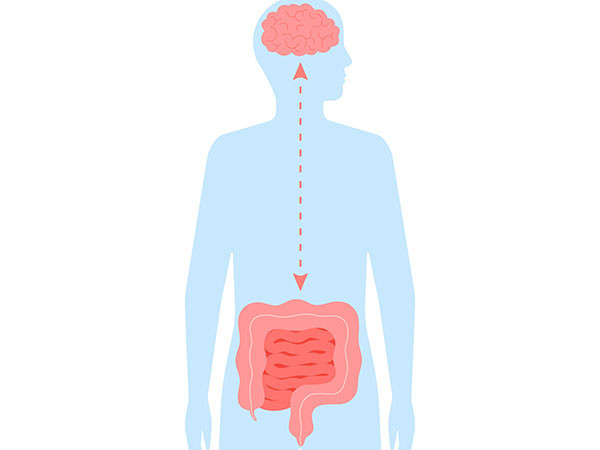
Hospitals across the country are still scrambling to recover from the toll of an ever-shifting pandemic. What does that mean if you wind up in an emergency department (ED) due to an illness or accident? What should you know and what can you expect? As an emergency medicine doctor at a large teaching hospital, here are some key points to help you navigate a visit to the ED.
The starting line
In the chaos of an emergency department, odds are high that you will encounter a rotating crew of clinical and administrative staff. Their initial goal is to get each person registered for the visit, assess how urgently they need a clinician, and determine which treatment and diagnostic tests are needed. Usually, this is not a simple or quick process. Getting you the care you need hinges on first gathering the information you can provide, and then applying our skills and a range of tools to interpret it. Throughout this process you will be asked to repeat your story several times.
What brings you to the emergency room?
The opening question “What brings you to the emergency department?” is the portal of entry that allows emergency room clinicians to explore your ailment or concerns. The first time around, you’ll probably be eager to answer. The difficulty is the second, third, and fourth time the same question is asked. Yes, everyone is asking the same question, and you are telling the same story.
Good communication is key. We need correct, clear, and comprehensive information from you to guide your care in the emergency department. Seeking and getting accurate information reassures clinicians that informed and complete care is being delivered. Every discussion should welcome you into the conversation so that you may participate while clinicians make decisions.
Throughout your care, you should always be able to say, “Can you please explain what is happening?” or “Could you say that in a different way, because I’m not understanding you.” You can also ask “Is it possible to do this another way?” or “Can I take a break?” (In some instances, of course, that may not be possible.)
Who will you see?
Waiting in the emergency department is itself a journey, particularly at academic medical centers with deep health resources and personnel. At an academic ED like the one I work in, you might first speak with the triage nurse, who asks screening questions that will inform how quickly you need to be seen, then an assigned nurse, who might provide care for you for the entire visit, and later a resident or medical student.
The resident or student ultimately presents your case to me, an attending physician. Some EDs have physician assistants or nurse practitioners who work independently, or in collaboration with attendings. So you might see as many as five clinicians. Often when I ask people to repeat their story I hear, “I’m sorry, I’ve already told the story multiple times. Do we have to go through the process again?” I understand their preference to move the visit forward, not backward. But yes, I have them tell it again, even if it is a shorter version, hoping to glean details that help build a diagnosis.
Why will you wait?
There are many reasons for lengthy waits, which grew still longer at many EDs during the pandemic. First, uniting the team into one conversation is often difficult. Our patients arrive sporadically, procedures need to be performed, phone calls occur, family meetings arise, and so forth. Staggering the team is usually the most efficient way to function.
Teaching hospitals at academic medical centers train future doctors. By seeing you without supervision and discussing their medical decisions with experienced physicians like me, residents and students learn to form their own clinical judgment. Their independence during training helps keep our healthcare system afloat.
Equally important, spacing out interviews can help us find missed information to reach the correct diagnosis. In one case I vividly recall, a nurse initially thought a patient reporting pelvic pain had a urinary tract infection. Later, a junior resident and I asked clarifying questions, hoping to further uncover the root of her illness. We closely examined the location of pain and noticed extensive infection — a severe skin infection called necrotizing fasciitis. We immediately called the surgeons and radiology suite for an imaging scan to confirm the diagnosis and treat her as quickly as possible.
Why is teamwork so essential?
Often nurses, junior residents, or midlevel providers such as physician assistants catch details attending doctors miss during brief histories and physicals. No matter who identifies the diagnosis or orders the correct test, we work as a team. We gather information as a team and compare the data together. The benefit of repeating a history or exam is that gaps close and the best care becomes clear.
A part of the history that was previously skipped is covered. A part of the exam that wasn’t done can be performed. Perhaps you’ll remember enlightening details you had previously forgotten to tell us. Or, as time ticks by, initially mild abdominal pain that offered a hazy clue progresses during repeat exams to severe abdominal pain, and now an imaging study can help make a final diagnosis.
When you’re a patient, it’s hard to wait. It's hard to repeat your story. We know it; we’ve been patients, too. But the system, while not perfect, is built to protect you from the impact of missed information. And in some hospitals, the systems we rely on help train future clinicians — the highly skilled doctors, nurses, and specialized practitioners who will help care for you and many others throughout the years to come.























